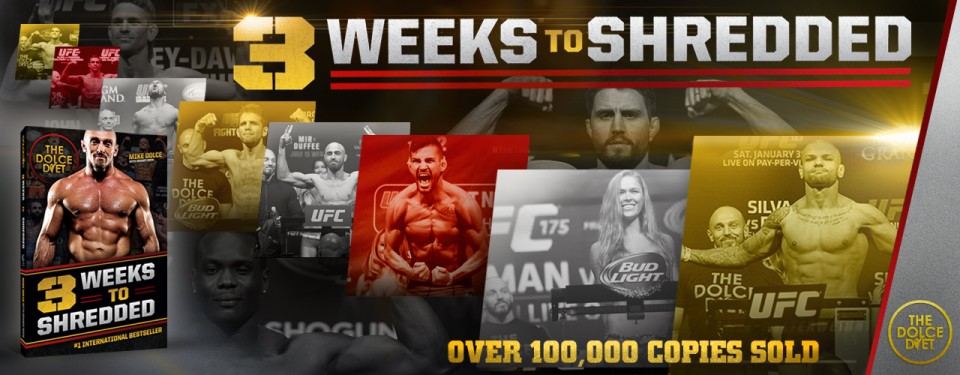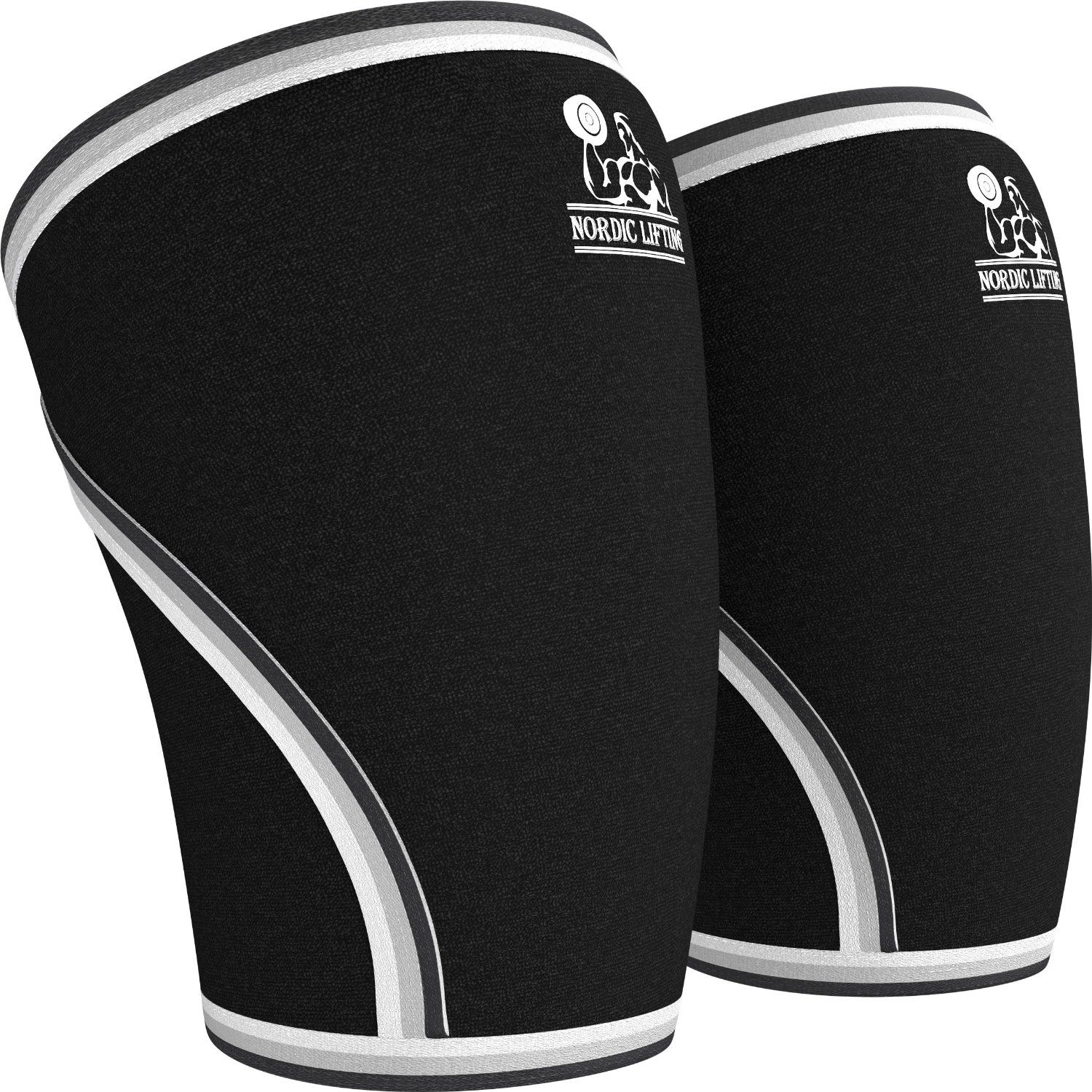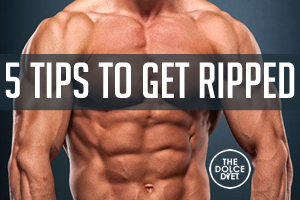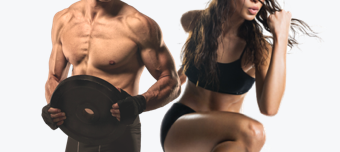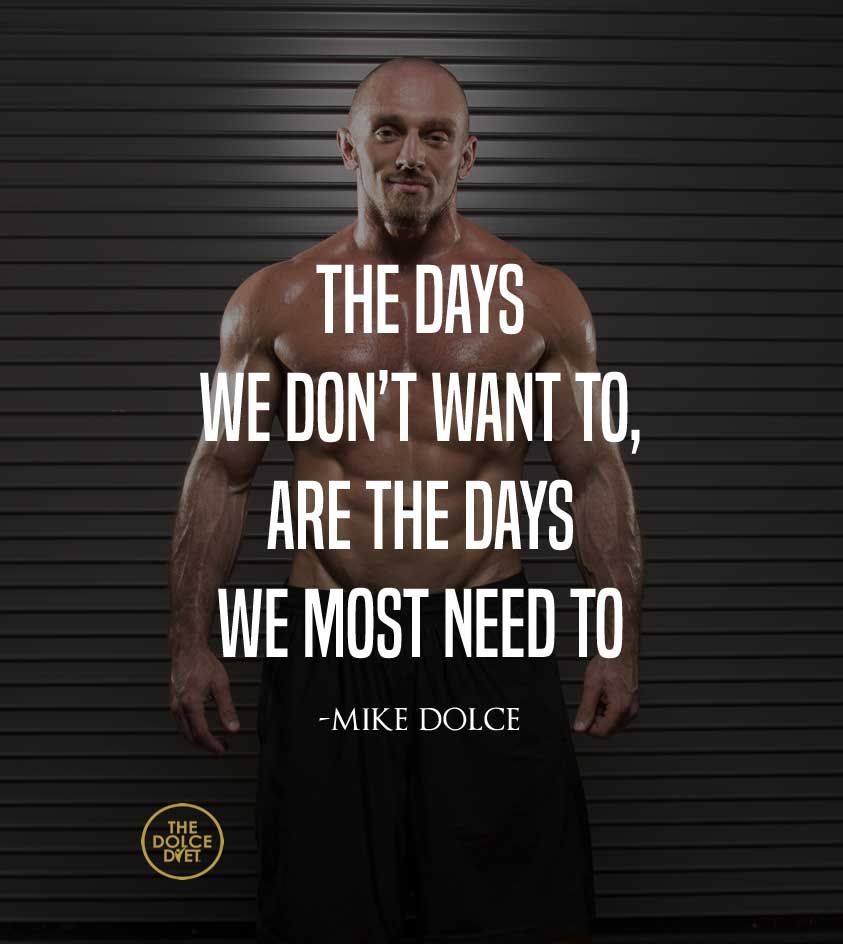What Lifting Gear Do You Really Need?
by Samantha Coogan, MS, RDN, LD
Now, I’m sure the entire topic of this article is up for debate. There are the purists when it comes to Olympic and Power Lifting, who prefer the raw approach (no belt, knee sleeves, wraps, etc.). Then there are others who may be using them to reduce the risk of injury, or maybe they are competing in a certain style of workout that requires multiple movements within the same workout (i.e. CrossFit), so sometimes some of this gear comes in handy to keep you moving (especially in those 20-30 min. AMRAPS where you’ll be repeating movements quite a bit – and let me tell you, 75+ deadlifts at 185# will REALLY make your back scream).
Weight Lifting Belt
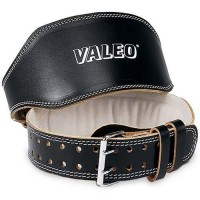 If you’re performing any type of workout with multiple reps of deadlifts or squats, whether it’s a lot of reps in a set, or a high volume accumulation type of workout (I’m talking 50+ deadlifts at a moderately heavy weight or higher), a weight lifting belt can save your back during the workout and hopefully make the next two days of recovery a little more pleasant. Many people turn their noses up at using a belt because you can technically lift a little more with a belt. Unless you’re in a competition that says no gear allowed, then who cares? To each his own. I also like the belt when going for 1, 3 or 5 rep maxes on front and back squats. It allows you to take out some of the guess work in the breathing pattern and really focus on driving up through the heels.
If you’re performing any type of workout with multiple reps of deadlifts or squats, whether it’s a lot of reps in a set, or a high volume accumulation type of workout (I’m talking 50+ deadlifts at a moderately heavy weight or higher), a weight lifting belt can save your back during the workout and hopefully make the next two days of recovery a little more pleasant. Many people turn their noses up at using a belt because you can technically lift a little more with a belt. Unless you’re in a competition that says no gear allowed, then who cares? To each his own. I also like the belt when going for 1, 3 or 5 rep maxes on front and back squats. It allows you to take out some of the guess work in the breathing pattern and really focus on driving up through the heels.
Knee Sleeves
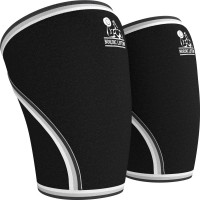 If you have knee problems, I strongly suggest these. They don’t necessarily help you make a lift, but it keeps your knees nice and warm during your lifts. There’s not a ton of “rebounding” or “shock absorbency” that would “help you bounce out of the bottom” like most gear haters try to say. I like them for squats out of the rack, squat cleans, squat snatches, overhead squats and wall balls. They are, however perfect for lunges so that you don’t slam and injure your knee on the ground.
If you have knee problems, I strongly suggest these. They don’t necessarily help you make a lift, but it keeps your knees nice and warm during your lifts. There’s not a ton of “rebounding” or “shock absorbency” that would “help you bounce out of the bottom” like most gear haters try to say. I like them for squats out of the rack, squat cleans, squat snatches, overhead squats and wall balls. They are, however perfect for lunges so that you don’t slam and injure your knee on the ground.
Wrist Wraps
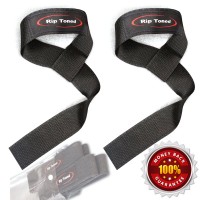 If you’ve got weak wrists, you’ve got weak wrists. These just provide some slight support for any overhead barbell movements (presses, jerks, snatches, overhead squats, etc.) and even for bench press, kettlebell swings, and kettlebell/dumbbell snatches. Some people are comfortable using them for handstand push-ups, handstand walking and regular push-ups, however, I think they pinch a little bit in that position, but whatever works for you. You can even just loosen them for those movements then tighten them for the other movements.
If you’ve got weak wrists, you’ve got weak wrists. These just provide some slight support for any overhead barbell movements (presses, jerks, snatches, overhead squats, etc.) and even for bench press, kettlebell swings, and kettlebell/dumbbell snatches. Some people are comfortable using them for handstand push-ups, handstand walking and regular push-ups, however, I think they pinch a little bit in that position, but whatever works for you. You can even just loosen them for those movements then tighten them for the other movements.

